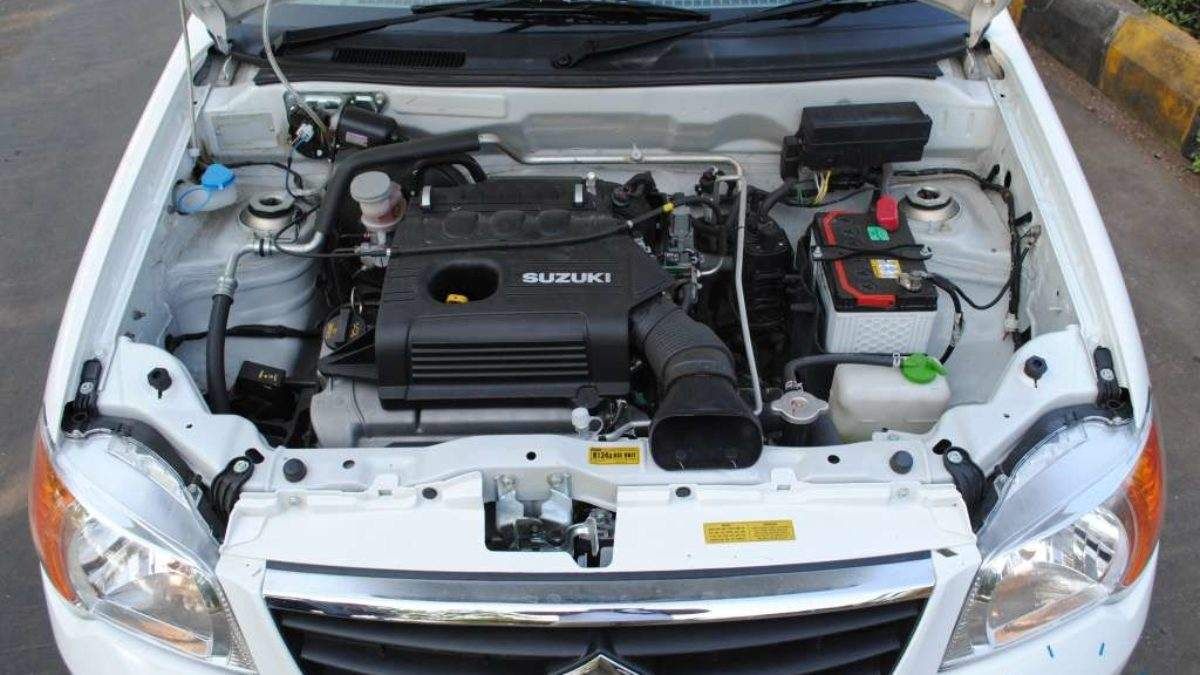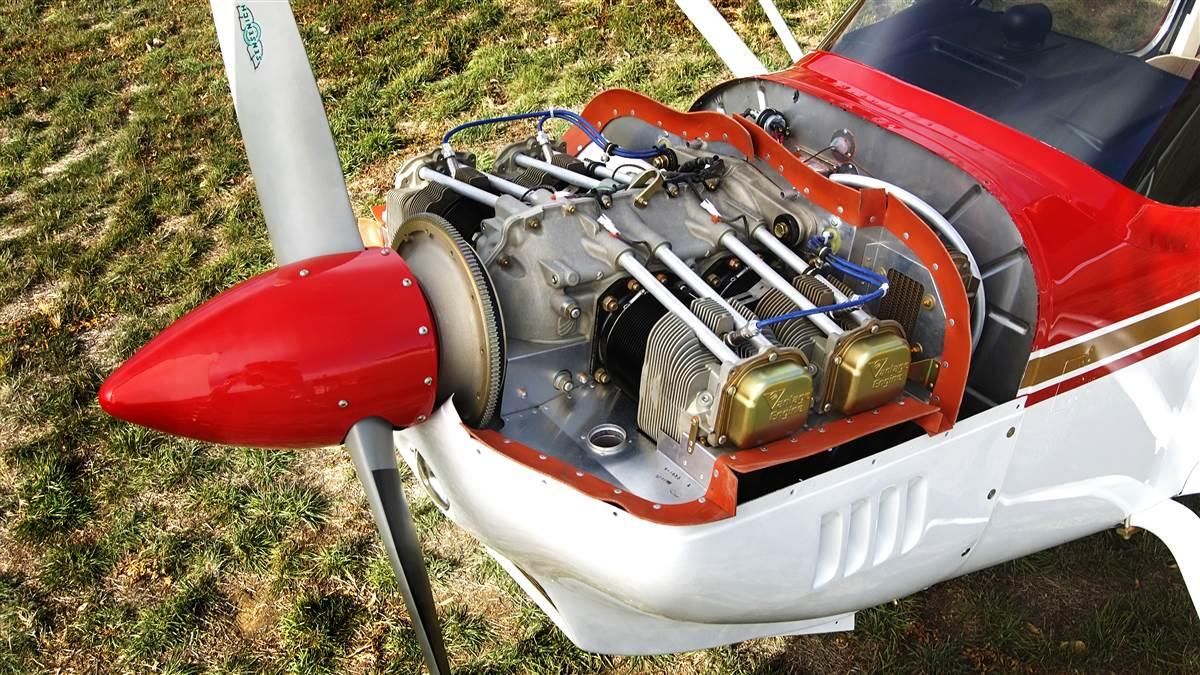Engines for Africa: Your Ultimate Automobile Parts Shop for Top Quality Automobile Components
Engines for Africa: Your Ultimate Automobile Parts Shop for Top Quality Automobile Components
Blog Article
The Pursuit for Ultimate Driving Power: Exploring the Peak of Engine Efficiency and Technological Innovations in the Automotive Sector
In the realm of vehicle engineering, the pursuit of maximum driving power has been an unrelenting quest that has actually unravelled through the advancement of engine design and the combination of sophisticated innovations. From the thorough craftsmanship of combustion engines to the fast advancements in electric propulsion systems, the vehicle sector stands at the cusp of a new age identified by unprecedented performance capacities. As designers and researchers delve deeper into the realms of computational fluid characteristics and discover cutting-edge fuel technologies, the horizon of opportunities expands exponentially. Stay tuned as we unwind the intricate tapestry of technical innovations that are shaping the future of vehicle power and efficiency.
Advancement of Engine Layout

Furthermore, the assimilation of turbocharging and supercharging modern technologies has reinvented engine style by enhancing power without dramatically increasing engine size. These forced induction systems press the intake air, permitting for even more fuel to be combusted, therefore producing greater power result from a smaller sized engine. This advancement has been especially important in boosting the performance of smaller variation engines while keeping gas performance criteria.

Performance-Enhancing Gas Technologies
The execution of innovative gas modern technologies has considerably contributed to improving engine performance in modern cars. From typical gasoline and diesel to innovative biofuels, artificial gas, and hydrogen, the vehicle market is experiencing a change in gas choices. Biofuels, stemmed from sustainable sources like algae, sugarcane, or corn, offer lowered discharges and enhanced engine efficiency. Artificial fuels, produced via chemical processes, offer high octane ratings, boosting power result. Hydrogen fuel cells, although still in the beginning of fostering, show fantastic promise due to their zero-emission nature and possibility for high performance. Additionally, gas additives and detergents are being formulated to tidy engine components, maximize combustion, and lower rubbing, thus boosting general vehicle efficiency. With ongoing study and advancement, the quest for the utmost driving power continues, as designers strive to open the full possibility of performance-enhancing gas technologies in the vehicle industry.
Improvements in Electric Propulsion
Substantial strides in electric propulsion technology have transformed the auto industry, leading the way for a new age of sustainable and effective transport. Electric lorries (EVs) are obtaining appeal due to their environmental benefits and improvements in battery modern technology, making it possible for longer driving ranges and much shorter billing times. Manufacturers are investing heavily in research and development to enhance the performance of electrical propulsion systems, concentrating on raising power result, boosting power effectiveness, and minimizing overall weight.
One notable breakthrough in electrical propulsion is the growth of advanced electric motors Our site that supply higher torque and power density, causing enhanced acceleration and total driving efficiency. Additionally, regenerative stopping systems have actually been fine-tuned to capture and save power during slowdown, additional boosting the performance of EVs.
Furthermore, the integration of clever innovations, such as synthetic knowledge and anticipating analytics, is optimizing the monitoring of electric propulsion systems, ensuring ideal performance under numerous driving conditions. These innovations in electric propulsion are improving the automotive landscape, driving the sector towards a much more sustainable and amazed future.
Influence of Computational Fluid Characteristics
With advancements in electrical propulsion pushing the limits of automotive innovation, the assimilation of Computational Fluid Characteristics is playing a critical duty in optimizing wind resistant efficiency and enhancing total efficiency in automobile design. Computational Fluid Characteristics (CFD) entails the use of computer system simulations to evaluate the circulation of air around a lorry, allowing designers to predict exactly how layout changes will influence aerodynamics without the requirement for pricey physical prototypes. By my sources precisely modeling air movement patterns, CFD allows for the refinement of automobile forms to reduce drag, boost cooling, and improve security.
CFD enables designers to enhance air flow around parts such as radiators, engine bays, and wheel wells, adding to enhanced performance and total driving experience. In verdict, the combination of Computational Fluid Characteristics stands for a considerable step onward in the pursuit for best driving power and effectiveness in the automobile industry.
Future Fads in Engine Technology
In the dynamic landscape of automotive design, innovative improvements are forming the future trajectory of engine technology. The future of engine style is marked by a strong emphasis on sustainability, performance, and effectiveness. Producers are significantly concentrating on creating engines that not just supply high power results however also prioritize ecological responsibility by lowering discharges and boosting fuel performance.
One popular fad in engine development is the surge of electrification. Hybrid and electric powertrains are obtaining traction as sensible choices to typical combustion engines. These modern technologies supply the possibility for significant decreases in carbon exhausts and increased energy effectiveness, straightening with global efforts to combat climate change.
Additionally, advancements in materials science and manufacturing methods are making it possible for the production of lighter and more resilient engine elements. This change towards light-weight products such as carbon fiber and light weight aluminum alloys adds to improved performance and fuel economic climate.
Final Thought
In verdict, the search of ultimate driving power in the automotive sector continues to drive developments in engine style, gas innovations, electrical propulsion, and computational fluid dynamics. The development of these innovations is shaping the future of engine development, leading the way for much more effective Full Article and reliable automobiles (engines for africa). As the industry continues to push the borders of what is feasible, we can anticipate to see a lot more cutting-edge developments in the quest for peak performance
One of the crucial turning points in engine style evolution is the transition from traditional carbureted engines to modern-day fuel-injected systems. By specifically metering the gas shipment to each cylinder, fuel-injected engines maximize combustion, resulting in better performance and reduced ecological influence.
In addition, the assimilation of turbocharging and turbo charging modern technologies has actually reinvented engine style by improving power without significantly enhancing engine size (engines for africa).The execution of innovative fuel technologies has actually considerably contributed to improving engine performance in modern-day cars. In addition, fuel ingredients and detergents are being created to clean engine components, maximize combustion, and reduce friction, consequently increasing total car efficiency
Report this page